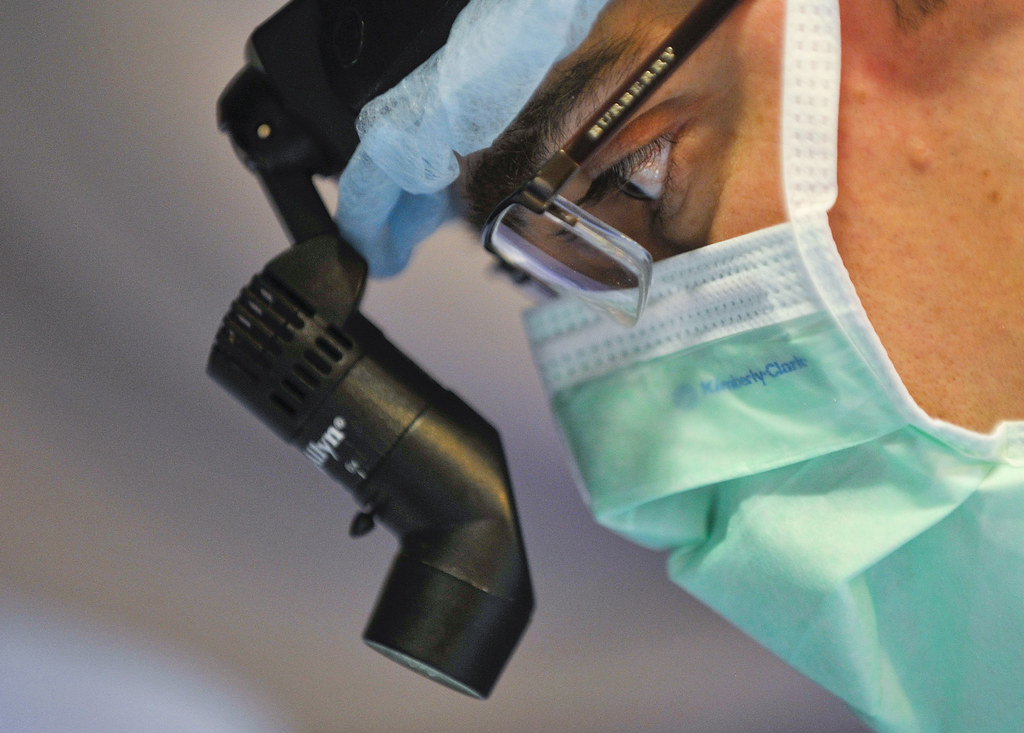This article has a set of discussion questions tailored for classroom use. Click here to download them. To see a full list of articles with discussion questions and other resources, visit our “Educational Resources” page.
The Joe Rogan Experience (JRE) podcast was again the subject of controversy when a recent episode was criticized by scientific experts for spreading misinformation about COVID-19 vaccinations. It was not the first time this has happened: Rogan has frequently been on the hot seat for espousing views on COVID-19 that contradict the advice of scientific experts, and for entertaining guests who provided similar views. The most recent incident involved Dr. Robert Malone, who relied on his medical credentials to make views that have been widely rejected seem more reliable. Malone has himself recently been at the center of a few controversies: he was recently kicked off of YouTube and Twitter for violating their respective policies regarding the spread of misinformation, and his appearance on the JRE podcast has prompted some to call for Spotify (where the podcast is hosted) to employ a more rigorous misinformation policy.
While Malone made many dubious claims during his talk with Rogan – including that the public has been “hypnotized,” and that policies that have been enforced by governments are comparable to policies enforced during the Holocaust – there was a specific, ethical argument that perhaps passed under the radar. Malone made the case that it was, in fact, the moral duty of himself (and presumably other doctors and healthcare workers) to tell those considering the COVID-19 vaccine about a wide range of potential detrimental effects. For instance, in the podcast he stated:
So, you know my position all the way through this comes off of the platform of bioethics and the importance of informed consent, so my position is that people should have the freedom of choice particularly for their children… so I’ve tried really hard to make sure that people have access to the information about those risks and potential benefits, the true unfiltered academic papers and raw data, etc., … People like me that do clinical research for a living, we get drummed into our head bioethics on a regular basis, it’s obligatory training, and we have to be retrained all the time… because there’s a long history of physicians doing bad stuff.
Here, then, is an argument that someone like Malone may be making, and that you’ve potentially heard at some point over the past two years: Doctors and healthcare workers have a moral obligation to provide patients who are receiving any kind of health care with adequate information in order for them to make an informed decision. Failing to provide the full extent of information about possible side-effects of the COVID-19 vaccine represents a failure to provide the full extent of information needed for patients to make informed decisions. It is therefore morally impermissible to refrain from informing patients about the full extent of possible consequences of receiving the COVID-19 vaccine.
Is this a good argument? Let’s think about how it might work.
The first thing to consider is the notion of informed consent. The general idea is that providing patients with adequate information is required for them to have agency in their decisions: patients should understand the nature of a procedure and its potential risks so that the decision they make really is their decision. Withholding relevant information would thus constitute a failure to respect the agency of the patient.
The extent and nature of information that patients need to be informed of, however, is open for debate. Of course, there’s no obligation for doctors and healthcare workers to provide false or misleading information to patients: being adequately informed means receiving the best possible information at the doctor’s disposal. Many of the worries surrounding the advice given by Malone, and others like him, pertain to just this worry: the concerns that they have are overblown, or have been debunked, or are generally not accepted by the scientific community, and thus there is no obligation to provide information that falls under those categories to patients.
Regardless, one might still think that in order to have fully informed consent, one should be presented with the widest range of possible information, after which the patient can make up their own mind. Of course, Malone’s thinking is much closer to the realm of the conspiratorial – for example, he stated during his interview with Rogan that scientists manipulate data in order to appease drug companies, as well as his aforementioned claims to mass hypnosis. Even so, if these views are genuinely held by a healthcare practitioner, should they present them to their patients?
While informed consent is important, there is also debate about how fully informed, exactly, one ought to be, or can be. For instance, while an ideal situation would be one in which patients had a complete, comprehensive understanding of the nature of a relevant procedure, treatment, etc., there is reason to think that many patients fail to achieve that degree of understanding even after being informed. This isn’t really surprising: most patients aren’t doctors, and so will be at a disadvantage when it comes to having a complete medical understanding, especially if the issue is complex. A consequence, then, may be that patients who are not experts could end up in a worse position when it comes to understanding the nature of a medical procedure when presented with too much information, or else information that could lead them astray.
Malone’s charge that doctors are failing to adhere to their moral duties by not fully informing patients of a full range of all possible consequences of the COVID-19 vaccination therefore seems misplaced. While people may disagree about what constitutes relevant information, a failure to disclose all possible information is not a violation of a patient’s right to be informed.


